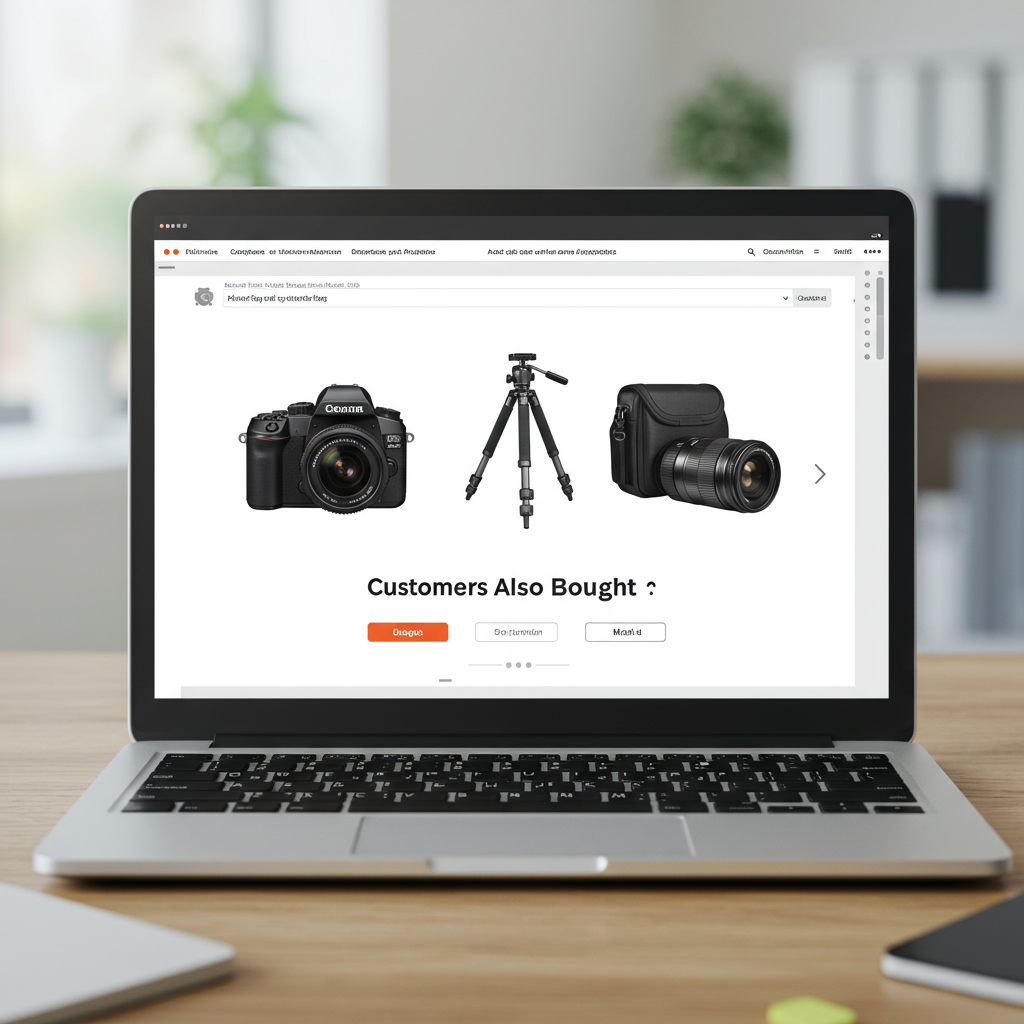Discover how strategic cross-selling can significantly boost your Average Order Value and enhance customer satisfaction.
Hello fellow Shopify merchants! I’m here today to talk about a powerful strategy that has personally transformed how I approach sales in my own e-commerce ventures: cross-selling.
It’s not just a buzzword; it’s a fundamental principle of growing your average order value (AOV) and enhancing the customer experience.
For those new to the concept, cross-selling is simply the practice of recommending complementary products to a customer based on what they’re already purchasing or have shown interest in.
Think of it like this: if a customer is buying a new smartphone, cross-selling would involve suggesting a phone case, screen protector, or wireless earbuds.
It’s about adding value to their initial purchase, making their experience more complete and satisfying.
Why is this so crucial for your Shopify store? Well, for starters, it’s significantly easier and more cost-effective to sell more to an existing customer than to acquire a new one.
By effectively cross-selling, you’re directly boosting your revenue without needing to spend more on marketing to new leads.
My own journey with cross-selling began when I realized I was leaving money on the table. Customers were buying one item and leaving, when they could have easily benefited from another.
The first major benefit I observed was a noticeable increase in my Average Order Value. Instead of $50 per order, I started seeing $70, $80, or even $100.
This directly impacts your bottom line and profitability, allowing you more room for marketing spend or reinvestment into your business.
Beyond just AOV, cross-selling also plays a vital role in improving customer lifetime value (CLTV). When customers find more value in your store, they’re more likely to return.
It also helps with inventory management. If you have slow-moving complementary products, cross-selling can be an excellent way to move them alongside popular items.
So, how do we implement this effectively on Shopify? Let’s dive into some actionable strategies I’ve found incredibly successful.
**Product Page Recommendations:** This is perhaps the most common and effective place to start. Think ‘Customers also bought’ or ‘Frequently bought together’ sections.
Shopify’s native features or various apps can help you display relevant products directly on your product pages. The key here is relevance.
If someone is buying a coffee maker, suggesting coffee beans, filters, or a mug makes perfect sense. Suggesting a pair of shoes, however, does not.
**Cart Page Offers:** Don’t let them check out just yet! The cart page is a prime location for a last-minute, low-friction cross-sell.
A small, complementary item that adds value and doesn’t require much thought, like a cleaning kit for an electronic device, can work wonders here.
**Post-Purchase Email Sequences:** The sale isn’t over when the order is placed. Use your transactional emails (order confirmation, shipping updates) to subtly introduce related products.
For example, after a customer buys a skincare product, a follow-up email a week later could suggest a complementary serum or moisturizer.
**Product Bundling:** This is a fantastic strategy where you offer a group of related products together at a slightly discounted price compared to buying them individually.
Bundles create a perception of greater value and convenience for the customer, often leading to higher sales volumes for multiple items.
**Personalization:** Leverage customer data. If you know a customer’s past purchases or browsing history, you can offer highly targeted cross-sells.
This requires a more sophisticated setup, often involving dedicated Shopify apps that track customer behavior and provide AI-driven recommendations.
**Thank You Page Offers:** After a customer completes their purchase, the thank you page is an often-overlooked opportunity.
A small, exclusive discount on a related item, or a ‘one-time offer’ can encourage an immediate second purchase.
**Blog Content Integration:** If you have a blog, weave product recommendations naturally into your articles.
For instance, a blog post about ‘How to care for your new plant’ could link directly to specific plant care tools or fertilizers you sell.
When implementing these, remember a few best practices. Firstly, don’t overwhelm your customers with too many options. Keep it focused.
Secondly, always ensure the cross-sell genuinely adds value. It shouldn’t feel like you’re just trying to squeeze more money out of them.
Thirdly, test, test, test! A/B test different recommendations, placements, and offers to see what resonates best with your audience.
Analyze your data. Which cross-sells are converting? Which aren’t? Use this information to refine your strategy continuously.
Common mistakes I’ve seen include irrelevant recommendations, making the cross-sell too prominent and distracting, or being overly pushy.
It’s about being helpful, not aggressive. The goal is to enhance their purchase, not to annoy them.
Measuring success involves looking at your AOV, conversion rates for cross-sell offers, and ultimately, your overall revenue growth.
I truly believe that mastering cross-selling is one of the most impactful things you can do for your Shopify store’s profitability.
It’s a win-win: your customers get more value, and you get more sales.
What do you think about these strategies? Have you tried any of them, or do you have other tips to share?
Start small, perhaps with product page recommendations, and then expand as you see results.
Your Shopify store has immense potential, and cross-selling is a key to unlocking it. Good luck!






